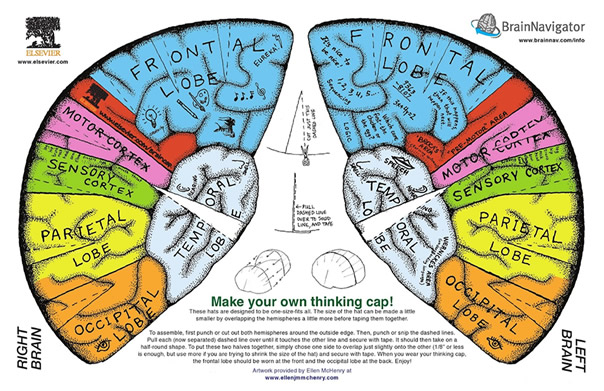

Image: iStockphoto
A leading expert on alcohol abuse has expressed concern about the lack of research about home drinking. Dr John Fosterfrom the University of Greenwich is the first UK researcher to review all the research available about the drinking of alcohol by adults at home.
The article titled Home Drinking in the UK: Trends and Causes by Dr John Foster at the University of Greenwich had been published in Alcohol and Alcoholism.
Dr Foster from the university’s School of Health & Social Care says: “An increasing amount of alcohol is now consumed in our homes especially among the over-30s. Home drinking is invisible and individuals have to set their own boundaries about acceptable levels of consumption and behaviour. Yet shockingly little research has been carried out on this important problem in our society.”
What research there is indicates that home drinking is often linked to increasing income, high income and higher social class. Those drinking at home do not tend to ‘binge drink’, though ‘pre-loading’, or drinking before going out for the evening, is related to heavy drinking and increasing risk-taking, especially in young people.
“It takes many years for the health consequences of change in behaviour to appear and the increase in drinking at home is likely to be associated with higher cancer rates and cardiac-related problems in the future. Increased research is essential so that policy makers have more information about why adults drink at home and in particular their awareness of the associated risks.”
His research shows that there have only been six articles published about home drinking by adults in the last 10 years. These show that there has been a steady increase in the consumption of beer away from pubs and bars since at least 1970. However, since 2000, this has accelerated: 83 per cent of all wine drunk is consumed at home, according to figures from the British Beer & Pub Association (2006). Most of this alcohol is bought from large supermarkets. A recent internet survey found that only 11 per cent agreed that higher prices in supermarkets would make them use pubs and bars more.
In addition to this review Dr Foster has published work in the Journal of Public Health that indicates the reasons people drink revolve around cost, convenience and relaxation, and that the long term health risks are at best underplayed and at worst ignored.
ᔥJohn H. Foster and Colin S. Ferguson, Home Drinking in the UK: Trends and Causes, Alcohol and Alcoholism (2012), February 27, doi: 10.1093/alcalc/ags020, http://alcalc.oxfordjournals.org/content/early/2012/02/27/alcalc.ags020.abstract?sid=0bb819f6-f4b0-48fa-a5bd-99e4388a1045

Stockxpert
A randomized controlled trial published in the current issue of Psychotherapy and Psychosomatics addresses the role of exercise training in anxiety. Exercise training may be especially helpful for patients with generalized anxiety disorder (GAD). A randomized controlled trial to quantify the effects of 6 weeks of resistance (RET) or aerobic exercise training (AET) on remission and worry symptoms among sedentary patients with GAD was conducted. Thirty sedentary women aged 18–37 years, diagnosed by clinicians blinded to treatment allocation with a primary DSM-IV diagnosis of GAD and not engaged in any treatment other than pharmacotherapy, were randomly allocated to RET, AET, or a wait list (WL). RET involved 2 weekly sessions of lower-body weightlifting. AET involved 2 weekly sessions of leg cycling matched with RET for body region, positive work, time actively engaged in exercise, and load progression.
Remission was measured by the number needed to treat (NNT). Worry symptoms were measured by the Penn State Worry Questionnaire. There were no adverse events. Remission rates were 60%, 40%, and 30% for RET, AET, and WL, respectively. The NNT was 3 (95% CI 2 to 56) for RET and 10 (95% CI –7 to 3) for AET. A significant condition-by-time interaction was found for worry symptoms. A follow-up contrast showed significant reductions in worry symptoms for combined exercise conditions versus the WL. Exercise training, including RET, is a feasible, low-risk treatment that can potentially reduce worry symptoms among GAD patients and may be an effective adjuvant, short-term treatment or augmentation for GAD. Preliminary findings warrant further investigation.
ᔥ Journal of Psychotherapy and Psychosomatics Herring, M.P. ; Jacob, M.L. ; Suveg, C. ; Dishman, R.K. ; O’Connor, P.J. Feasibility of Exercise Training for the Short-Term Treatment of Generalized Anxiety Disorder: A Randomized Controlled Trial. Psychother Psychosom 2012;81:21-28
The study, led by Warwick Medical School at the University of Warwick, analysed lifestyle and health patterns in more than 10,000 people in both countries and their links to participants’ mental and physical quality of life and health status.
Quality of life was evaluated using a measure which takes in eight different factors including perception of general health, pain, social functioning and mental health.
The researchers found that people reported better mental quality of life as they age, despite a decrease in physical quality of life.
This is in line with previous research, for example by Professor Andrew Oswald, also at the University of Warwick, which suggests that happiness levels follow a U-shape curve with their lowest point in the mid-40s after which they rise as people move into older age.
Supportive results were found in this cross-cultural comparison study in the UK and US – two countries which have different welfare and health-care systems, factors which could impact on people’s quality of life. [continue reading…]

